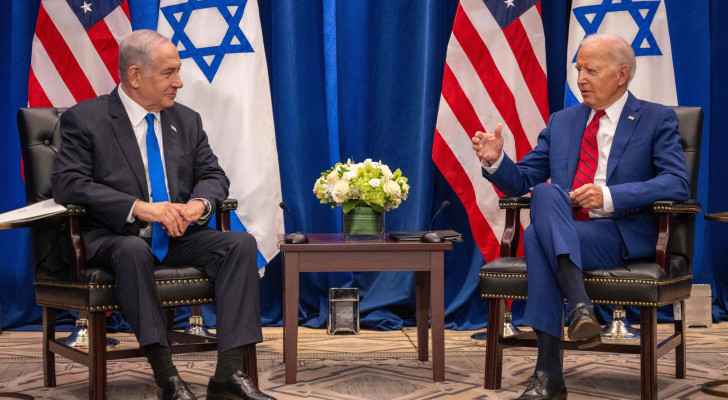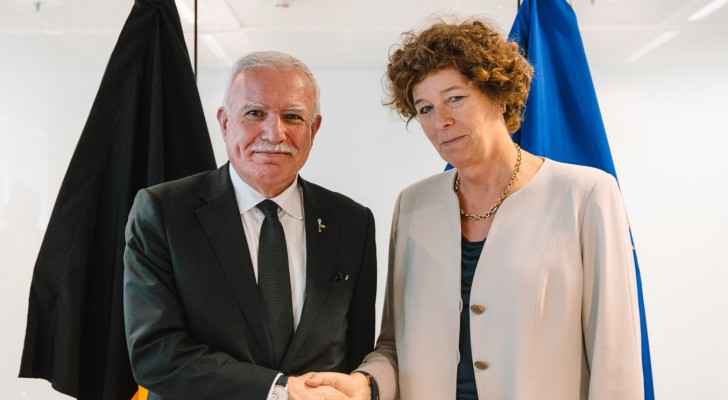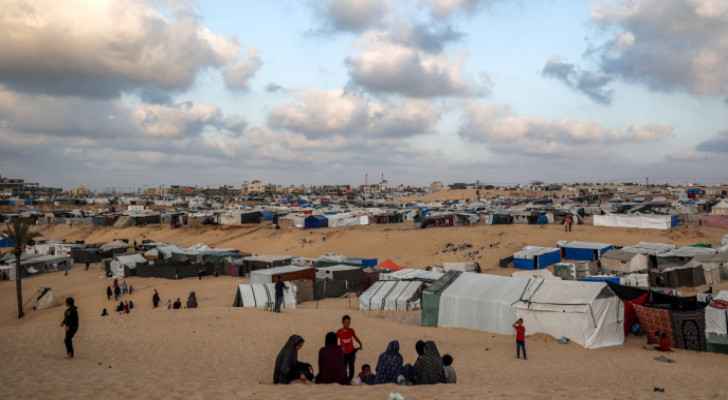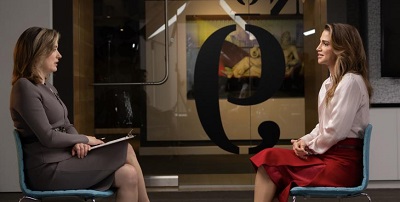Over the past half a century what is called “Iranology” has developed into a global industry with dozens of think-tanks, institutes, faculties and pressure groups trying to understand and explain what is going on in the Iran created by Khomeini in 1979.
Patterned on Kremlinology, a bustling industry during the old War, Iranology ignored Iran’s history and culture and assumed that rather than being an epiphenomenon, like Bolshevism turned out to be, is a true and thus permanent expression of Iranian nationhood.
Also like Kremlinology, Iranologists used and abused a number of terms to sustain its claim of expertise: Shiism, taqiyah, source of emulation, fatwa, revolutionary Islam etc. Noam Chomsky one of the most ardent admirers of Iran, also added: people-based and anti-Imperialist to the list.
Their common assumption, again as was the case with Kremlinologists, was that the Khomeinist system is immune from crisis because it represents the Iranian form of adopting modernity. A group of French Iranologists even published a hefty tome titled “Being Modern in Iran”.
In the past couple of years, however, the Iranology industry has begun emitting a different noise: The Khomeinist system is in crisis generated by Tehran’s provocative foreign policy.
What is missed by such analyses is the fact that any regime’s foreign policy is basically a continuation of its domestic policies. The Khomeinist revolution’s ambition was to transform the Iranian society into a vehicle for “exporting revolution” which, as “Supreme Guide” Ali Khamenei often asserts is the fundamental goal of the regime.
The hitch is that as the old generation of revolutionaries, hodgepodge of leftist and religious zealots, fades away younger Iranians have no interest in exporting any ideology or building an empire. They just want to live “the Iranian way” by which they mean a nostalgia-generated vision of the past.
The current crisis in Iran is generated by three conflicts: between older and younger generations, between the new-rich and the new-poor, and between a paternalistic culture and the idea of citizenship based on constitutional values.
Last months the 13-day Iranian New Year holiday brought some aspects of the culture war in sharp perspective. According to the Ministry of Tourism some 15 million Iranians visited key historic sites of Iran, such as Persepolis, the tomb of Cyrus the Great in Pasargadae, the tomb in Dezful of Yaqqub Leith, founder of the first post-Islamic dynasty in Iran, and the mausoleums of poets such as Saadi, Khayyam and Hafez.
More interestingly, large numbers also visited the mausoleum of Esther, the legendary Jewish beauty who accompanied by her uncle Mordecai came to plead for her people at the Achaemenid court.
To be sure the younger generations’ interest in pre-Khomeinist Iran isn’t new.
Over the past decade hundreds of non-governmental organizations have emerged, at times with grudging support from local authorities, to protect, repair and attract attention to ancient monuments and natural beauty spots, such as lakes, forests, waterfalls, bird reservations, mountains and villages. One may see this as the expression in physical terms of a metaphysical thirst for asserting one’s identity.
Interest in classical Persian literature has also grown exponentially. While official poets attract little public attention classical poets like Ferdowsi, Saadi Roumi, Nezami and Hafez return to best-seller lists. With hundreds of classical poets available to read in cyberspace, Persian poetry has never had so wide an audience.
Khamenei’s efforts to turn Persian poetry into a political tool and/or a panegyric for personality cult have borne little fruit. In the latest session with official poets earlier this month, the chief adulators of the regime and its leader were an Afghan and an Indian versifier.
As the system imposes more limits on film-making, many of the most creative cineastes have either fled into exile or chosen early retirement. This has led to a sharp rise of interest in old pre-revolution films now available in cyberspace. Old stars who died decades ago or spend their final years in exile are suddenly back as idols of what many Iranians now regard as the good old days.
To beat censorship, younger Iranian film-makers have developed a semi-amateurish cottage industry to keep alive the kind of cinema they and a large chunk of Iranian youths like. Those of their films that I have seen remind me of the neo-realist cinema developed in post-war Italy. Like Italian neo-realist films, they are low-cost productions.
A film offering sketches of life in Tehran, for example, cost under $100,000 by using non-professional actors, natural sets and hand-held camera and light. Also, like Italian neo-realists, Iran’s new film-makers unlike older ones, like the late Abbas Kiarostami, deal with key social and political problems.
Another battlefield in this cultural war is set up by a surprisingly large number of rappers some of whom like Shahin Najafi, Hichkas, Zedbazi, Justina and Sogand have more followers than many of the newly-elected members of the Islamic Majlis (parliament) had voters. Almost all the rap stars express a direct or subliminal desire to live in a free society that does not consider happiness and joy as sins or crimes.
What is now known as rap first appeared in Iran in the early 1900s during the Constitutional Revolution. It was known as bahr-e-tawil (the long meter) and treated mostly of social and political issues. Bahr-e-tawil played a key role in taking the message of the constitution beyond the literate elite of the time.
Today, Persian rappers do the same through a popular re-definition of musical tones and lyrics.
The central theme of the culture war is the assertion or, as regime apologists say, the claim that Iran should build its future on the basis of its historical and cultural identity and re-enter the modern world as a creative rather than a destructive force.
The vanguard of the current culture war against the system is what Tehran propaganda labels “generation Z”, that is the third generation born after the seizure of power by Khomeini. Together with large portions of the second generation, the “Z” crowd forms nearly half of the population, while 60 percent of those in positions of political, economic and cultural power today belong to the first generation of revolutionaries.
Some apologists of the system express the hope that the new generations, including the dangerous “Z” will get old and line up as volunteers for martyrdom. A “Z” rapper’s answer is:
We are bold, bold, bold
And will never get old
Until we break the mold.
Latest News
Most Read Articles
- Queen Rania warns of threat to ‘rules-based world order’ as Israel’s war on Gaza continues
- Hamas delegation to return to Cairo for more ceasefire talks
- Moderate state of emergency declared by Amman Municipality
- United States delays delivery of ammunition shipment to “Israel”
- “Israeli” army says three soldiers killed, 12 wounded in Hamas attack
- JAF conducts 5 more aid airdrops into northern Gaza
- Government to hold Jordan Forum for Media and Digital Communication
- Gaza death toll rises to 34,683
- Israel Attacks Rafah After Hamas Claims Responsibility for Deadly Rocket Attack
- Israeli Occupation army calls for evacuation in Gaza's Rafah ahead of invasion




